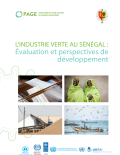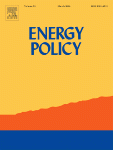
Cities play a vital role in the global climate change mitigation agenda. City population density is one of the key factors that influence urban energy consumption and the subsequent GHG emissions. However, previous research on the relationship between population density and GHG emissions led to contradictory results due to urban/rural definition conundrum and the varying methodologies for estimating GHG emissions. This work addresses these ambiguities by employing the City Clustering Algorithm (CCA) and utilizing the gridded CO2 emissions data. Our results, derived from the analysis of all inhabited areas in the US, show a sub-linear relationship between population density and the total emissions (i.e. the sum of on-road and building emissions) on a per capita basis. Accordingly, we find that doubling the population density would entail a reduction in the total CO2 emissions in buildings and on-road sectors typically by at least 42%. Moreover, we find that population density exerts a higher influence on on-road emissions than buildings emissions.
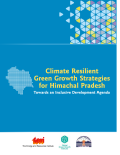
Himachal Pradesh is a mountain state in India which benefits from a wealth of natural resources but is also ecologically fragile, being situated in the Himalayan region. With climate change, socio-economic and ecological vulnerability has increased and risk-based approaches have become even more relevant. Green growth and sustainable development need to take into account the impacts of climate variability to strengthen policy interventions.
This report carries out an analysis aimed to build knowledge in this area. It uses a mix of analytical tools including a climate model, soil and water assessment, and energy analysis. The report finds that the overall climatic warming projected for the state of Himachal Pradesh in the near future increase by 1.3–1.9°C for 2021–50 relative to 1971–2000. Through a state-specific energy model and onground case studies, the report identifies important issues and pressure points, relevant for the energy and environment sectors.
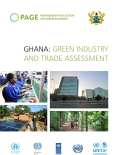
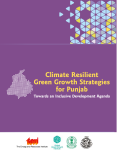
Punjab is a small Indian state that contributes significantly to India’s food security. While the production potential of rice and wheat crops have almost been fully exploited, there is now a stagnation in the growth process, decline in real farm incomes, and over exploitation of natural resources vis-a-vis soil health and water quality and quantity. With climate change, socio-economic and ecological vulnerability has increased and risk-based approaches have become even more relevant. Green growth and sustainable development need to take into account the impacts of climate variability to strengthen policy interventions.
